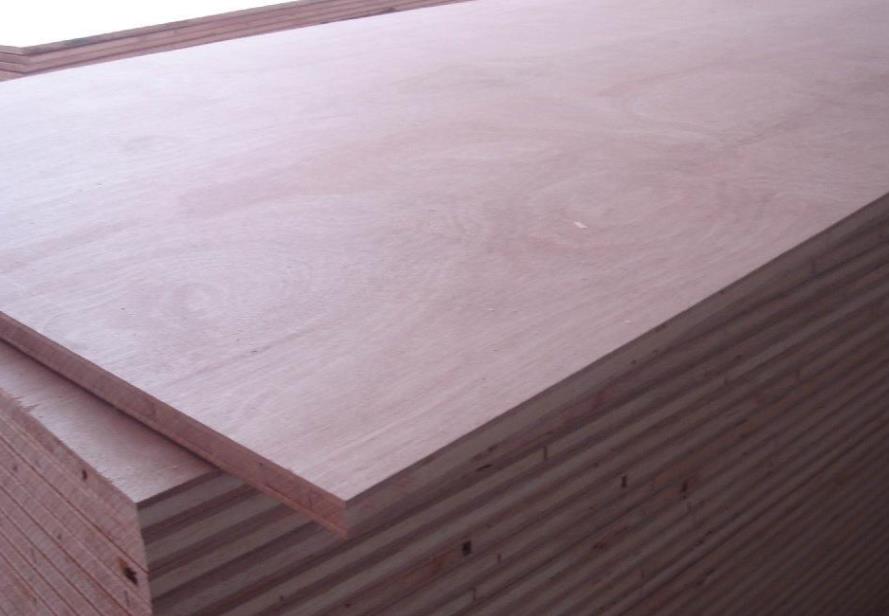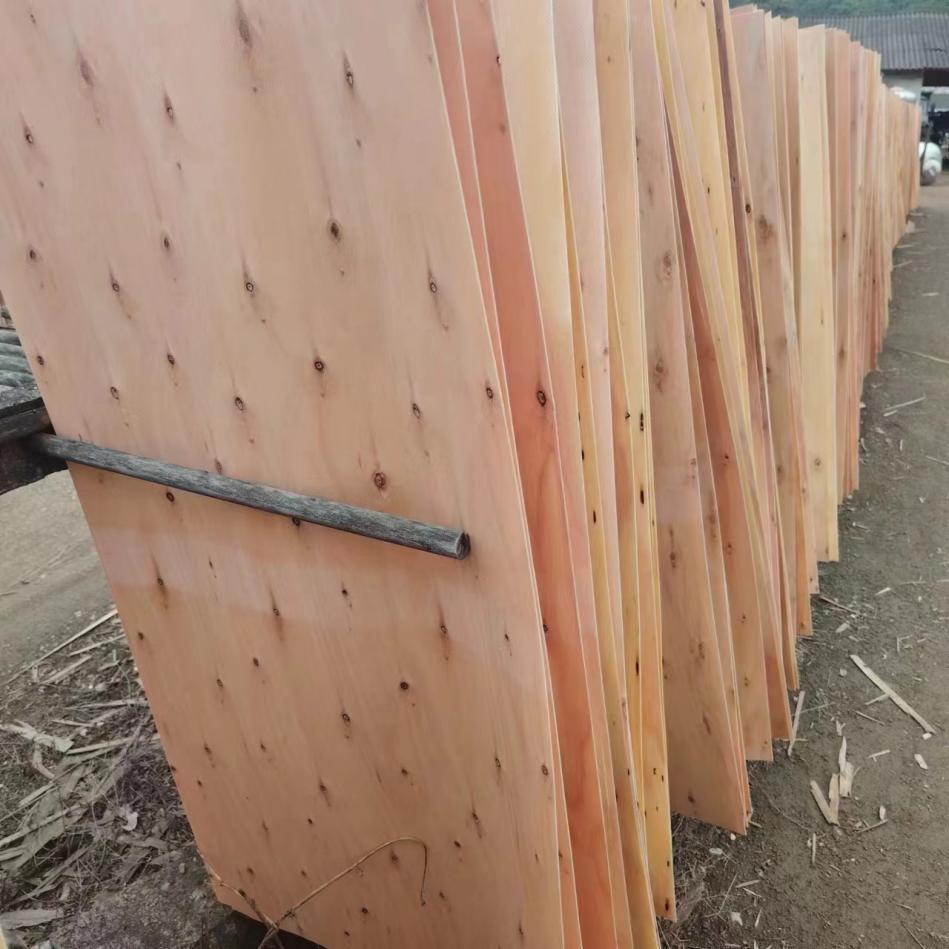Dryers typically use two main types of heat sources: steam and combustion gas. Here's a simple breakdown of each:
1. Steam Heat Source
How it works:
-
Saturated steam (usually at a pressure of 0.4-1.0 MPa) transfers heat to the air through radiators.
-
The heated air then reaches temperatures between 140-180°C and is used to dry materials like veneers.
Advantages:
-
Energy-efficient and eco-friendly: You can use waste heat from other industrial processes or centralized heating, making it more energy-efficient.
-
Stable temperature control: Steam temperature is easy to regulate, making it perfect for precise drying.
-
Low pollution: Since no combustion is involved, steam systems are cleaner and more environmentally friendly.
Disadvantages:
-
High initial cost: You need to invest in steam systems and boilers, which can make startup expensive.
-
Depends on steam supply: If the steam supply is interrupted, production can be affected.
Best for: Operations with access to centralized heating or those that need precise, stable temperature control for continuous production.
2. Combustion Gas Heat Source
How it works:
-
Heat is generated by burning fuels like coal, gas, oil, or diesel.
-
The combustion gases heat the air, which is then used to dry materials.
Advantages:
-
High flexibility: Doesn’t rely on steam, so it’s great for places without centralized heating.
-
Fast heating: Quickly raises temperatures, making it ideal for short-term, high-efficiency drying.
-
Lower initial cost: Simpler installation and fewer components to maintain compared to steam systems.
Disadvantages:
-
Pollution risk: Combustion produces exhaust gases, which need to be controlled to reduce environmental impact.
-
Less stable temperature control: Temperature can fluctuate, so it's not ideal for processes requiring precise drying conditions.
-
Fuel cost variations: Operating costs can change based on fuel prices, which are subject to market fluctuations.
Best for: Applications that need flexibility, or in locations without centralized heating, or for short-term projects.
Summary
-
Steam heat sources are best for stable, long-term operations that require precise temperature control.
-
Combustion gas heat sources work well when flexibility is needed, or in areas without access to centralized heating.
When choosing a heat source, you need to balance factors like cost, energy availability, and environmental impact. In some cases, using both types together might be the best solution to meet specific production needs.
 What Are Directions of Veneer F
What Are Directions of Veneer F
 How to determine the cause of t
How to determine the cause of t
 New glue technologies for plywo
New glue technologies for plywo
 What’s the Correct Moisture C
What’s the Correct Moisture C
 How Veneer Properties Affect Dr
How Veneer Properties Affect Dr
 What is the Veneer Drying Equip
What is the Veneer Drying Equip